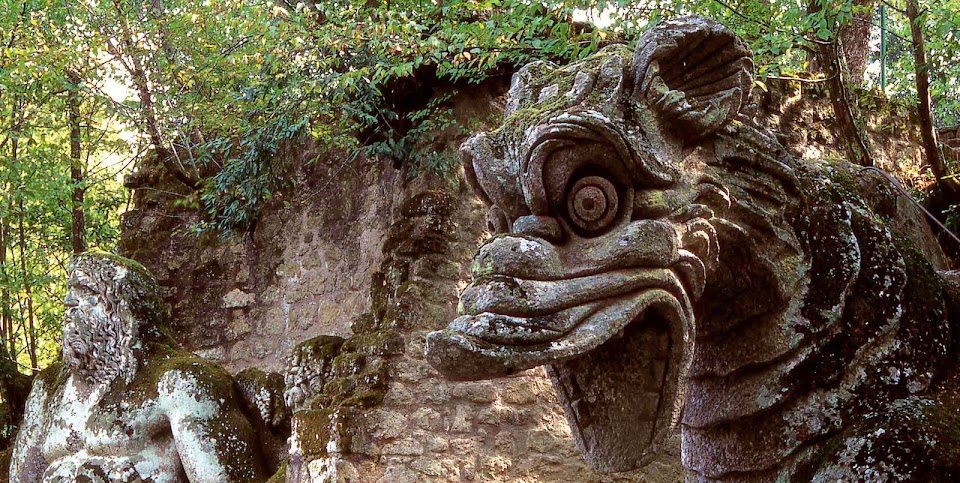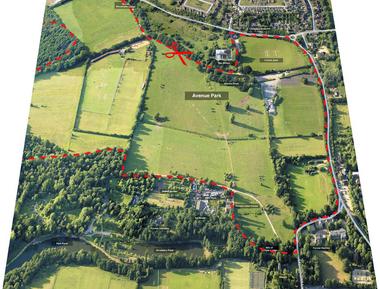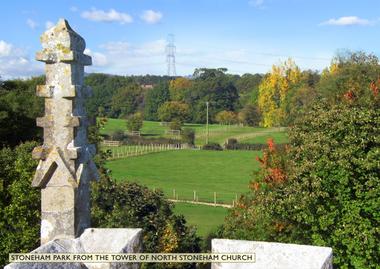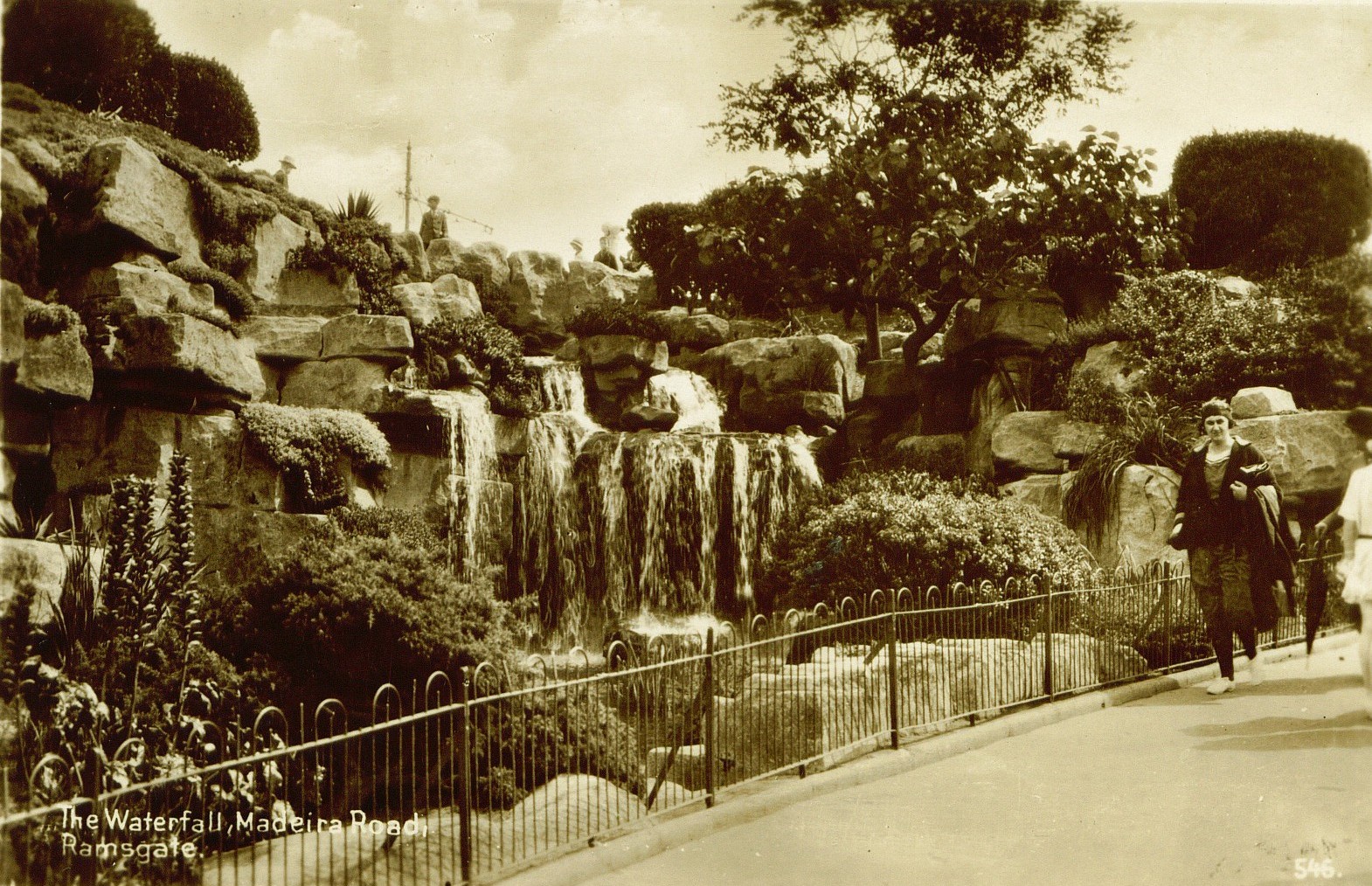I am sure many of you will be aware of the New Arcadian Journal, published by the New Arcadian Press under the direction of Dr Patrick Eyres. For those of you who are not there a brief outline below and of course, more on the press website.
This annual and unique publication is a 'combination of artist-illustrations and scholarly texts' and to quote the Press website:
~ The New Arcadian Journal investigates
the cultural politics of historical landscapes by scrutinising their
architecture, gardens, monuments, sculpture and inscriptions.
~ By championing the study of political gardening and by promoting restoration of place and meaning, the New Arcadian Journal has shed new light on historical landscapes and has also been the catalyst to contemporary re-interpretation and conservation.
~ The New Arcadian Journal also
explores the resonance of garden works by contemporary artists,
especially Ian Hamilton Finlay at Little Sparta and elsewhere.
The 2011 volume explores the relationship between slave trade, in particular the wealth generated by it and the construction of country house and garden. For more information read David Lambert's review in Garden History.
The Journal is a wonderful publication - erudite, original and fascinating, and is a 'must have' for anyone interested in garden history and the relationships between gardens and the wider zeitgeist.
BUT THIS YEAR IS DIFFERENT
For 2012, instead of the 'regular' volume, Patrick has edited a book entitled Wentworth Castle and Georgian Political Gardening, which:
'set against the backdrop of political instability generated by Jacobite attempts to restore the exiled Stuart kings to the British throne, the book explores the symbolic meanings embedded within the country estates of the Tory, Jacobite and dissident Whig landowners who formed the parliamentary opposition to the mainstream Whig governments that managed Britain on behalf of the Hanoverian Kings George I and George II. The cult of celebrity explored by Jane Austen is also discussed as well as the post-war culture of education and heritage'.
To purchase this splendid book for the great price of £25 contact the Press.















_Brown_by_Nathaniel_Dance,_(later_Sir_Nathaniel_Dance-Holland,_Bt)_cropped.jpg)























